Categories
- FQA (36)
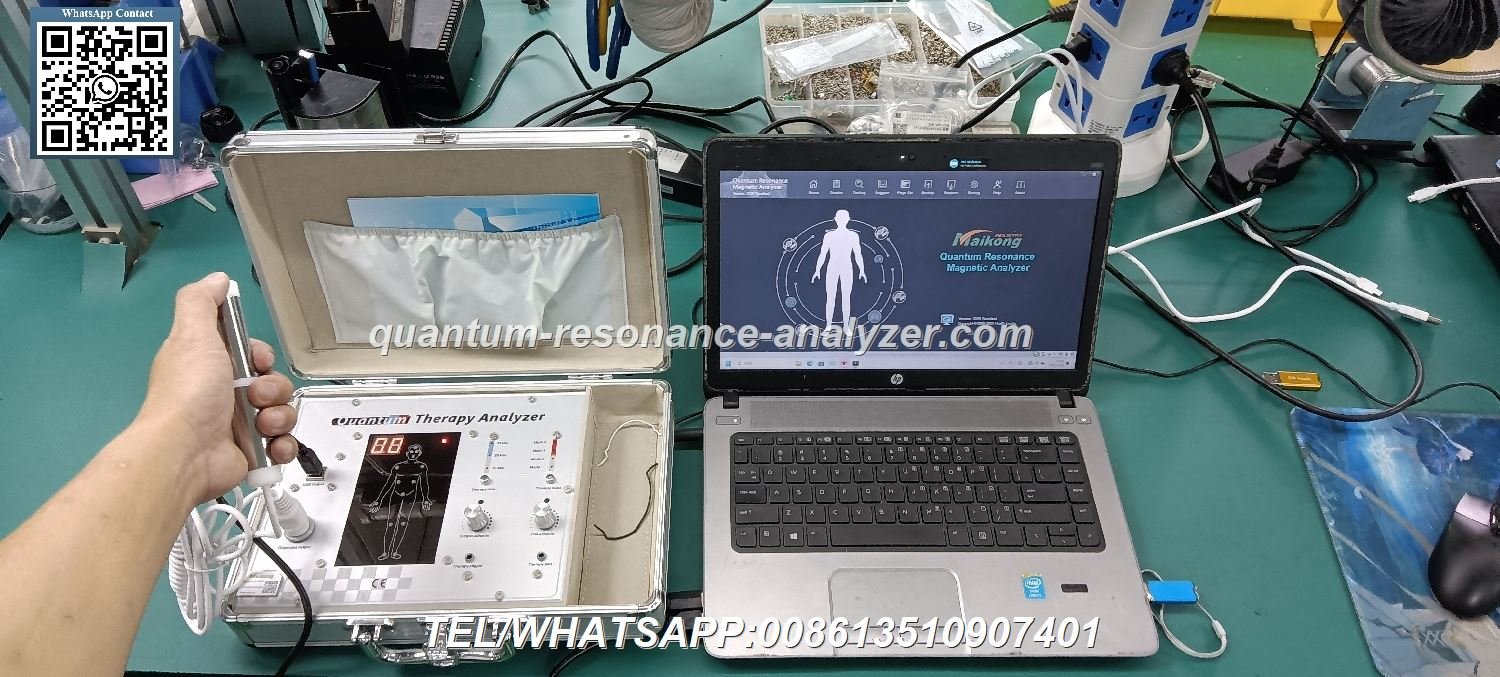
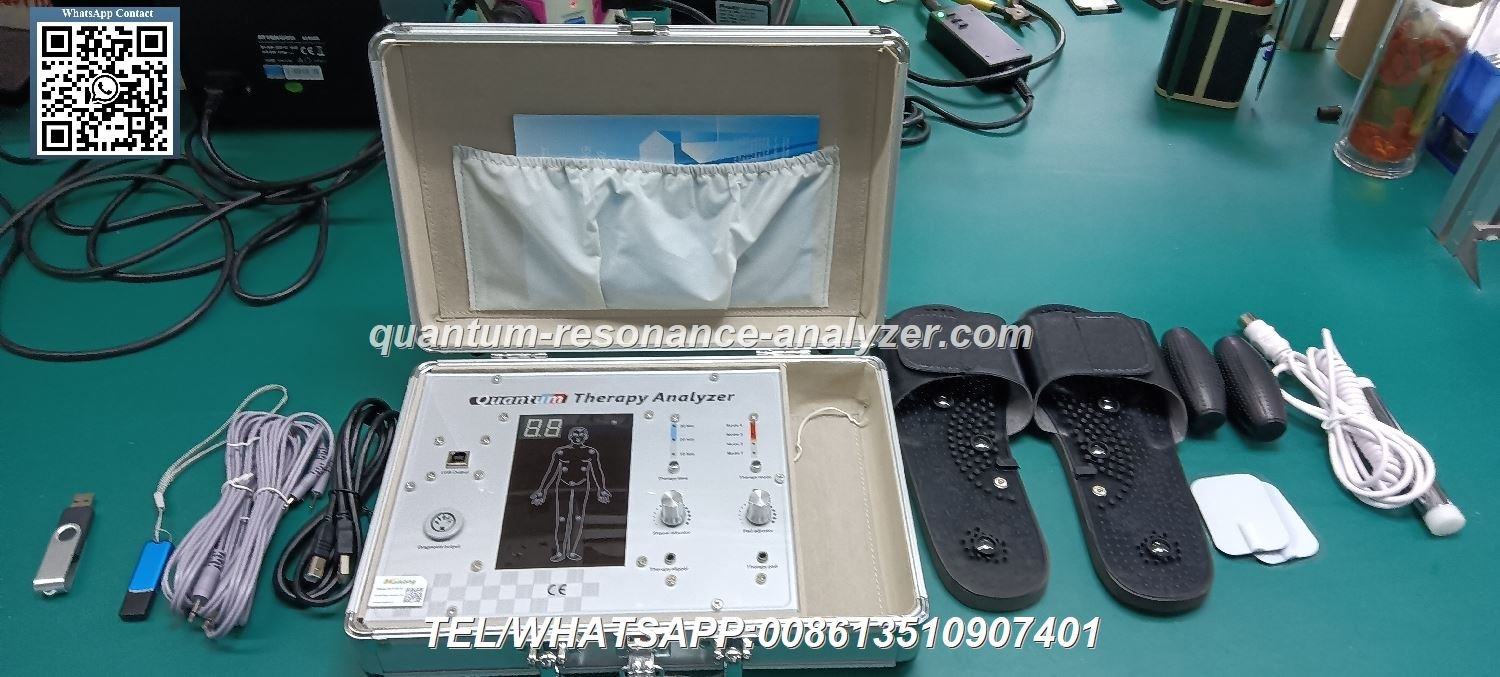
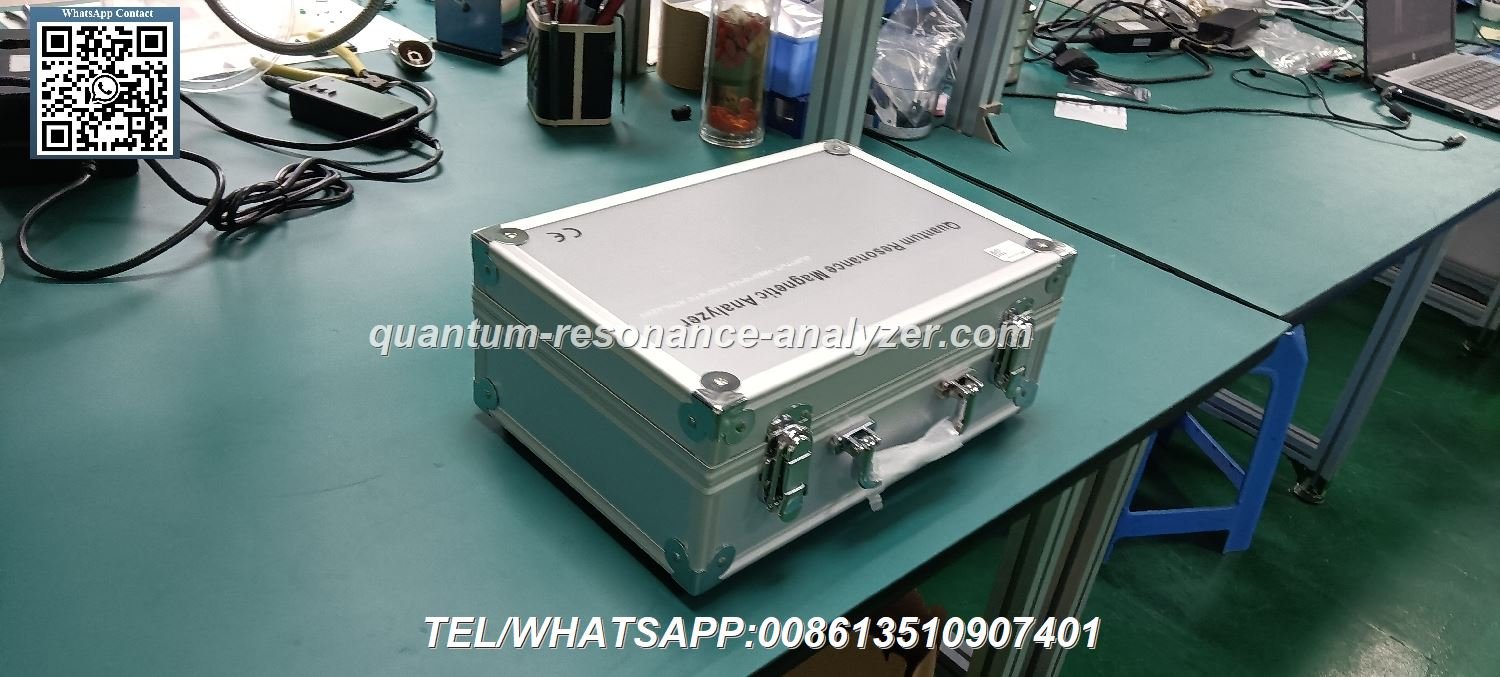
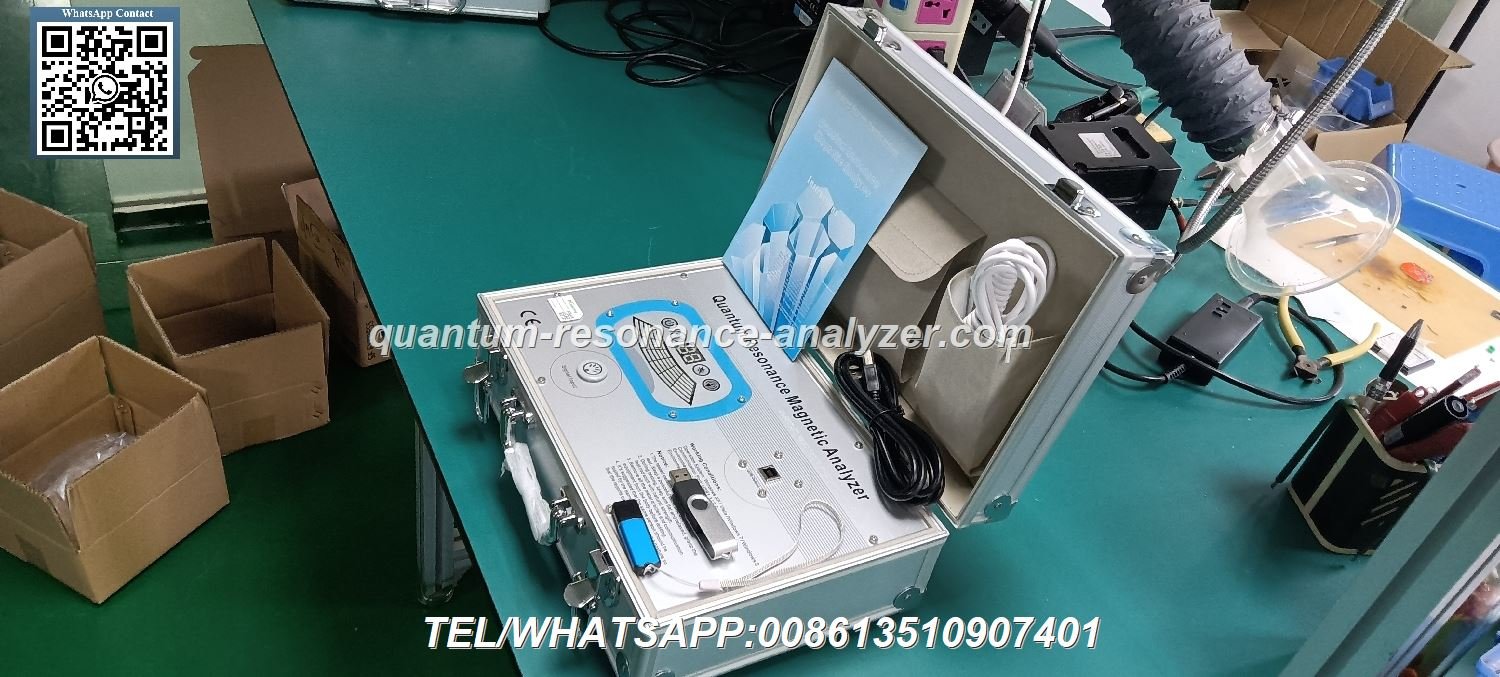
Modern Quantum Resonance Magnetic Analyzer setup with computer interface
The Quantum Resonance Magnetic Analyzer operates on principles derived from quantum physics and bioresonance theory. The device measures electromagnetic waves emitted by human cells, analyzing these signals to assess various health parameters. Unlike traditional testing that often requires blood samples or tissue extraction, this technology collects data through sensors that the user simply holds in their palm or places against their skin.
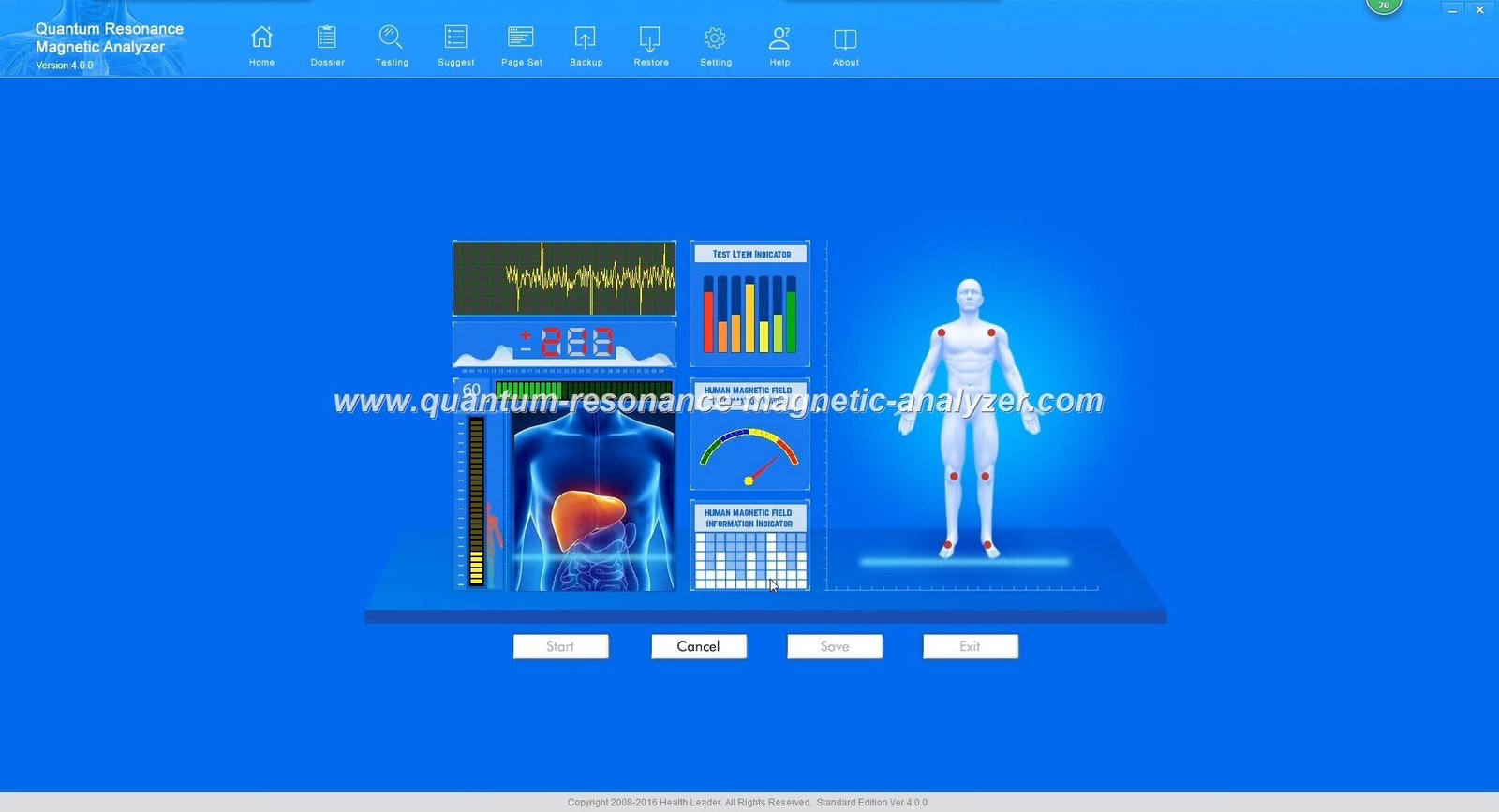
Non-invasive palm scanning method used by the analyzer
The scanning process typically follows these steps:
This non-invasive approach allows for rapid data collection without the discomfort associated with traditional testing methods. The entire process typically takes less than five minutes from setup to report generation.
Experience the Quantum Resonance Magnetic Analyzer technology with a free demonstration at your facility.
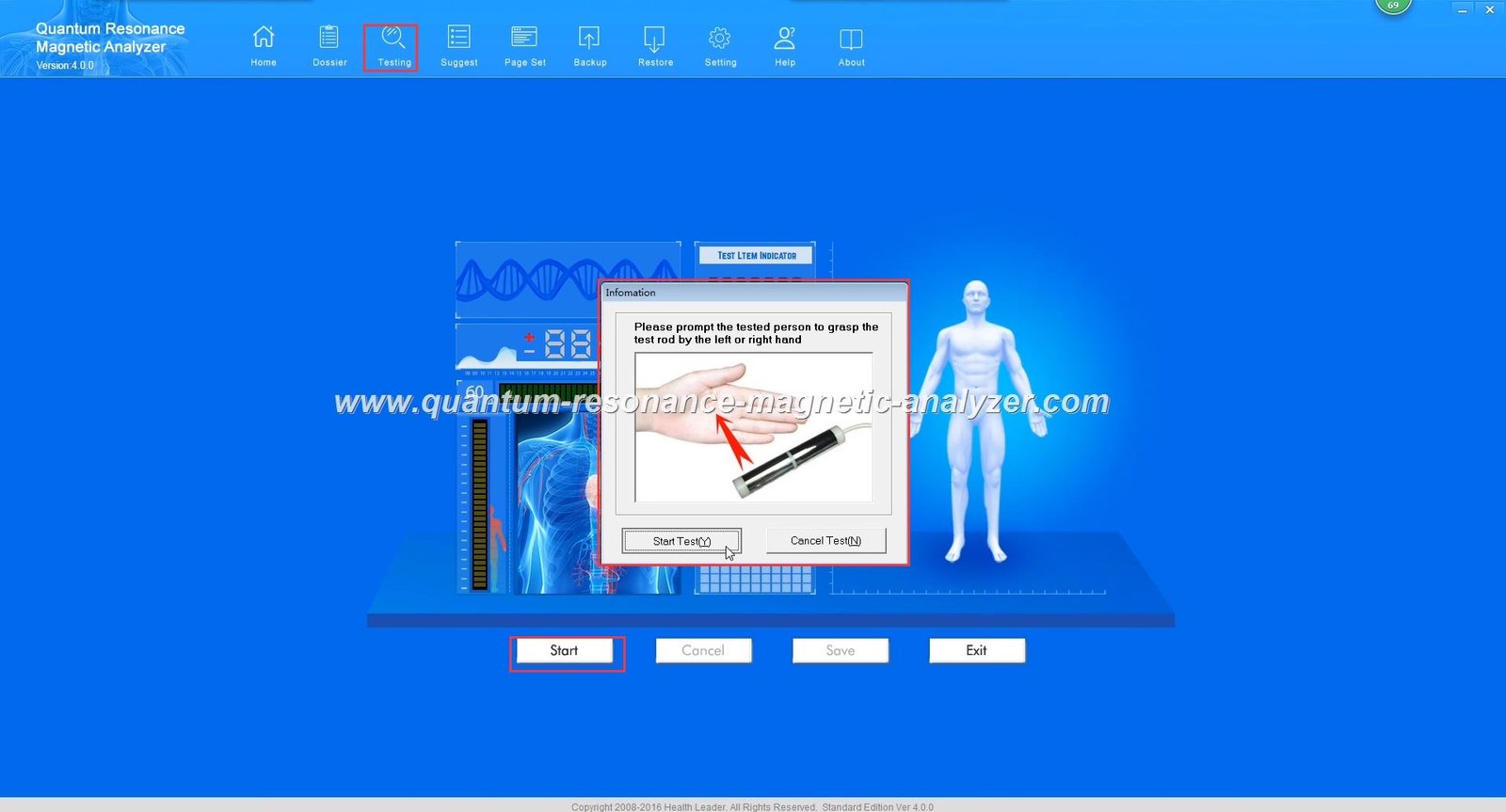
Traditional laboratory blood analysis requires sample collection and processing time
Conventional medical diagnostics typically rely on several established methodologies that have been refined over decades of clinical practice. These approaches form the foundation of modern medicine but come with inherent limitations in terms of patient comfort, time efficiency, and resource requirements.
| Testing Method | Description | Time Required | Invasiveness Level | Cost Range |
| Blood Tests | Analysis of blood components to assess organ function, detect infections, and measure various biomarkers | 24-72 hours for results | Moderate (needle insertion) | $100-$1,000+ |
| Tissue Biopsies | Collection and examination of tissue samples to diagnose diseases, particularly cancer | 3-10 days for results | High (surgical procedure) | $1,000-$5,000+ |
| Imaging Scans (MRI, CT) | Creation of detailed internal body images using magnetic fields or X-rays | 1-3 hours for procedure, 1-7 days for results | Low to Moderate | $500-$3,000+ |
| Endoscopy | Visual examination of internal organs using a flexible tube with a camera | 30-90 minutes for procedure, 1-7 days for results | High (insertion of scope) | $800-$4,000+ |
These traditional methods, while proven and widely accepted in clinical practice, often require significant time investments from both patients and healthcare providers. Additionally, the invasive nature of many procedures can cause discomfort and anxiety, potentially deterring individuals from seeking preventative care.
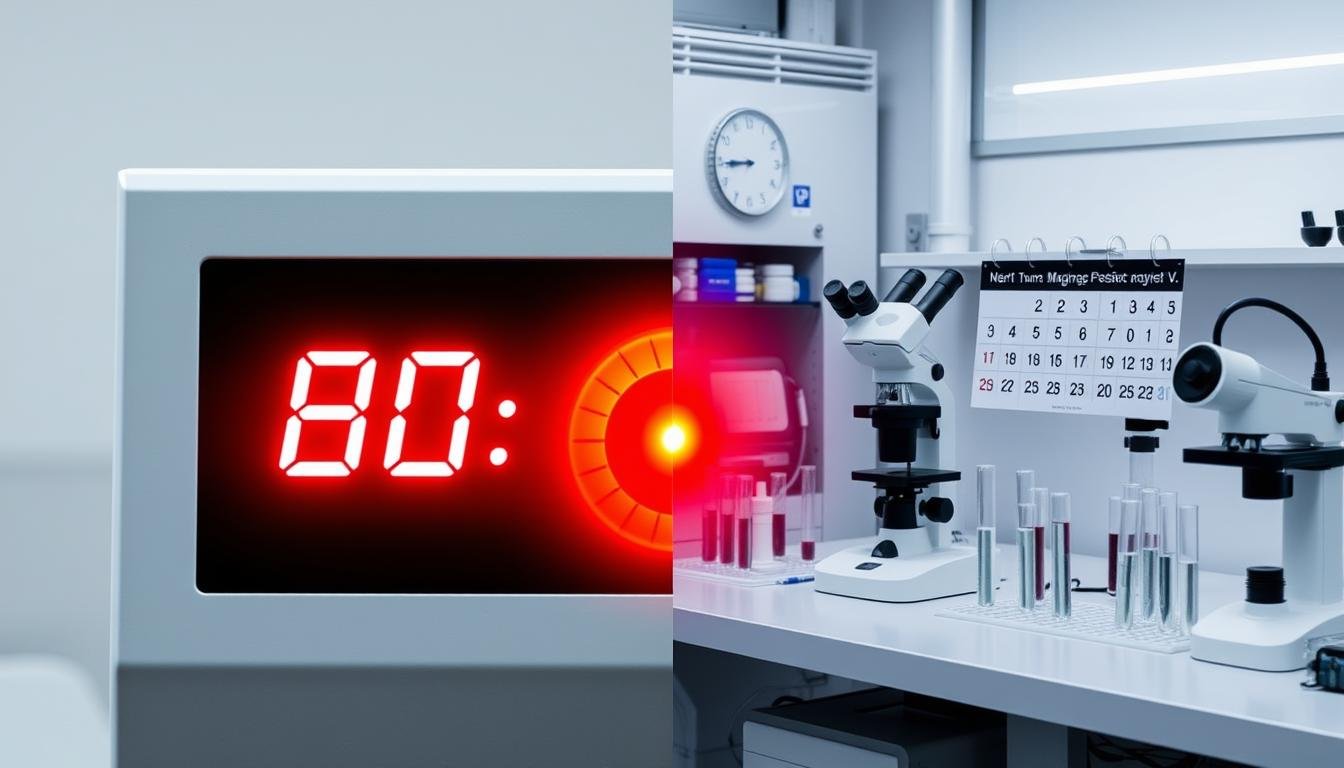
Time comparison between instant quantum analysis and multi-day laboratory processing
One of the most significant advantages of the Quantum Resonance Magnetic Analyzer is its ability to deliver results almost instantaneously. This rapid assessment capability creates a stark contrast with conventional testing timelines:
This dramatic difference in turnaround time enables healthcare providers to discuss findings and potential interventions during the same appointment, eliminating the waiting period that often creates anxiety for patients. For preventative health monitoring, this immediacy allows for more frequent assessments and timely adjustments to health management strategies.
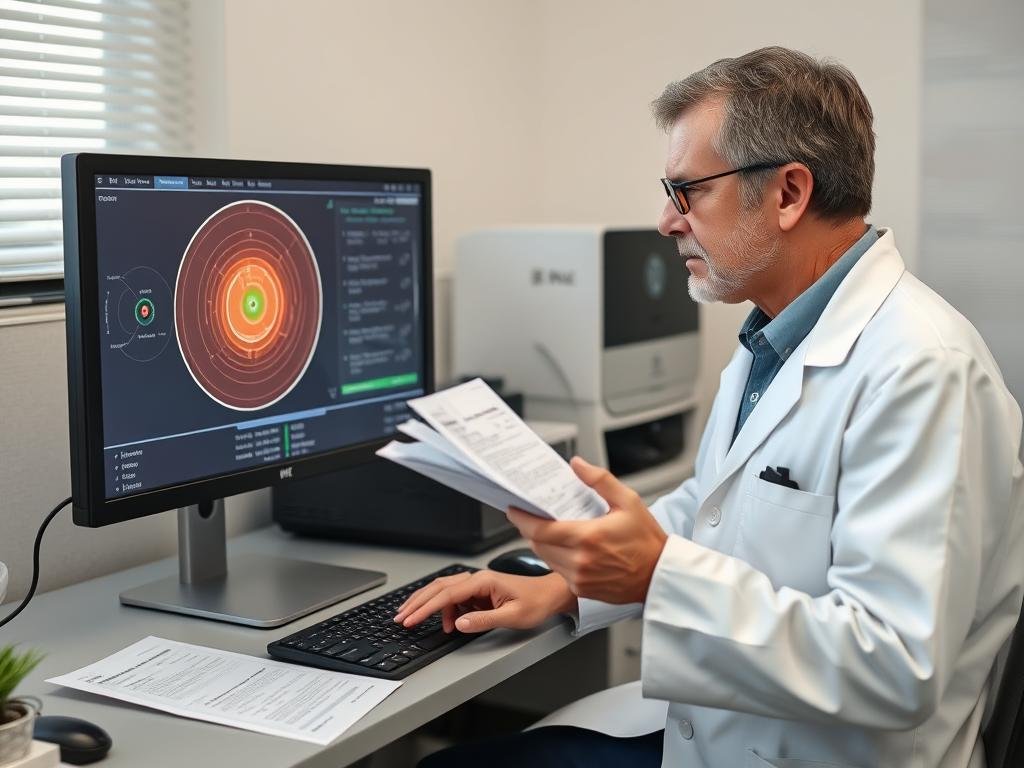
Comparative analysis of diagnostic results from different methodologies
The question of accuracy remains central to any discussion about diagnostic technologies. While traditional testing methods have decades of clinical validation supporting their reliability, the Quantum Resonance Magnetic Analyzer represents a newer approach that continues to undergo evaluation in various settings.
“Emerging bioresonance technologies show promise in providing rapid health assessments, though their role is best viewed as complementary to established clinical diagnostics rather than replacements.”
Current research indicates that quantum resonance analysis demonstrates varying levels of correlation with traditional testing across different health parameters:
These correlation rates suggest that while the Quantum Resonance Magnetic Analyzer can provide valuable health insights, it currently serves best as a screening tool and complement to traditional diagnostics rather than a complete replacement, particularly for critical health conditions requiring definitive diagnosis.
Important Note: The Quantum Resonance Magnetic Analyzer is most effective when used as part of an integrated approach to health assessment, combining its rapid screening capabilities with targeted traditional testing when indicated.

Healthcare professional explaining the benefits of quantum resonance analysis

Unlike blood draws or invasive procedures, quantum resonance analysis requires only holding a sensor, eliminating physical discomfort and making it suitable for patients of all ages, including those with needle phobias or anxiety about medical procedures.

The technology’s ability to detect subtle energy imbalances may help identify potential health issues before they manifest as clinical symptoms, enabling earlier intervention and lifestyle modifications for preventative health management.
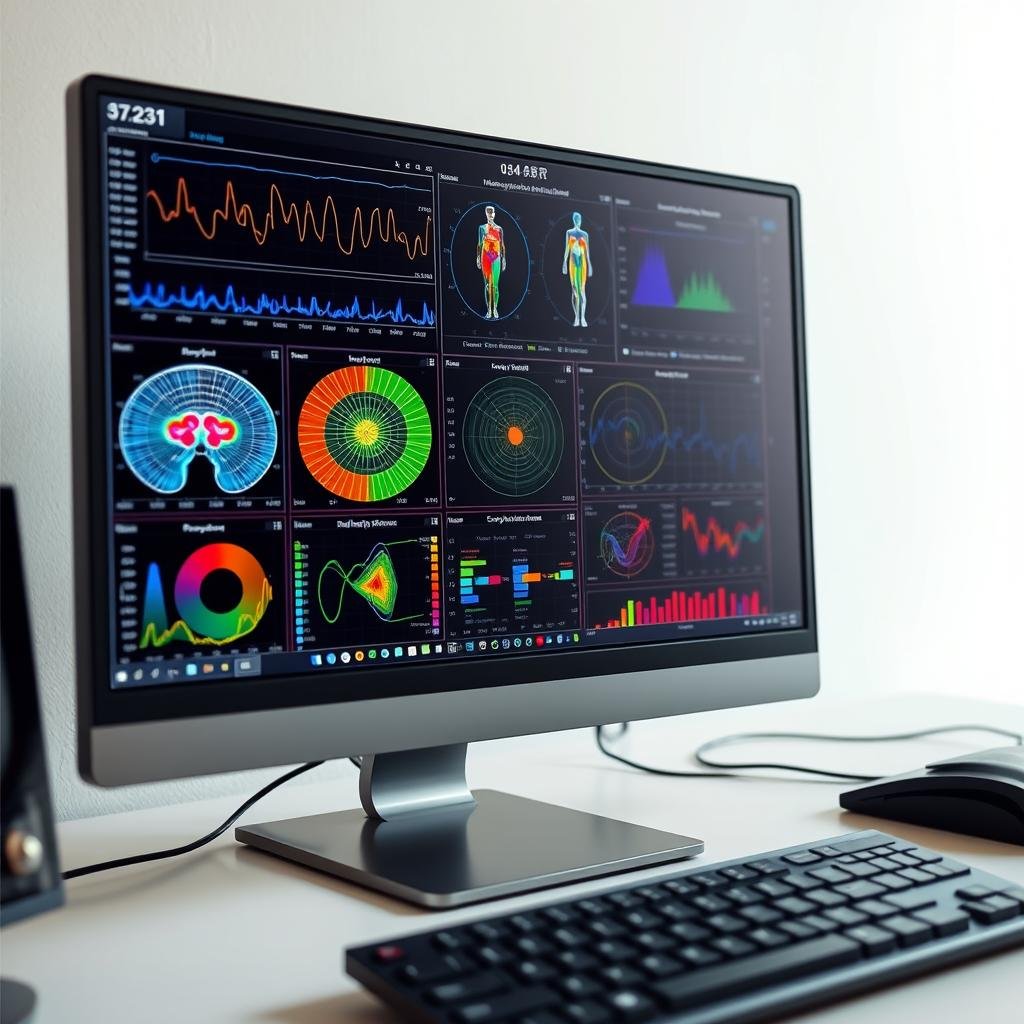
A single scanning session can generate reports on multiple body systems and health parameters, providing a holistic overview that would typically require several different traditional tests to achieve.
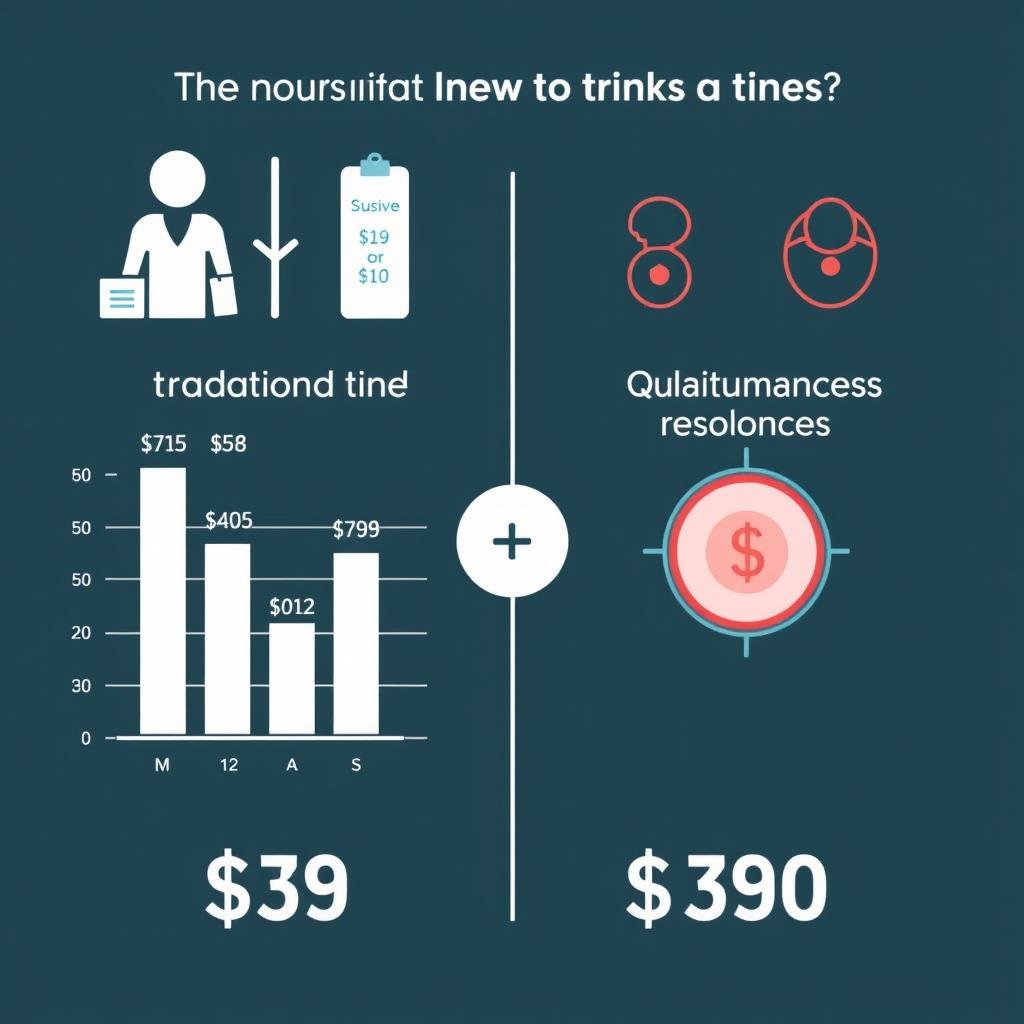
While the initial investment in the analyzer represents a significant expense, the per-test cost becomes minimal over time, potentially reducing long-term healthcare expenditures for both providers and patients when used for appropriate screening purposes.

The technology eliminates the need for disposable testing supplies, chemical reagents, and biological waste associated with conventional diagnostics, offering a more environmentally sustainable approach to routine health monitoring.
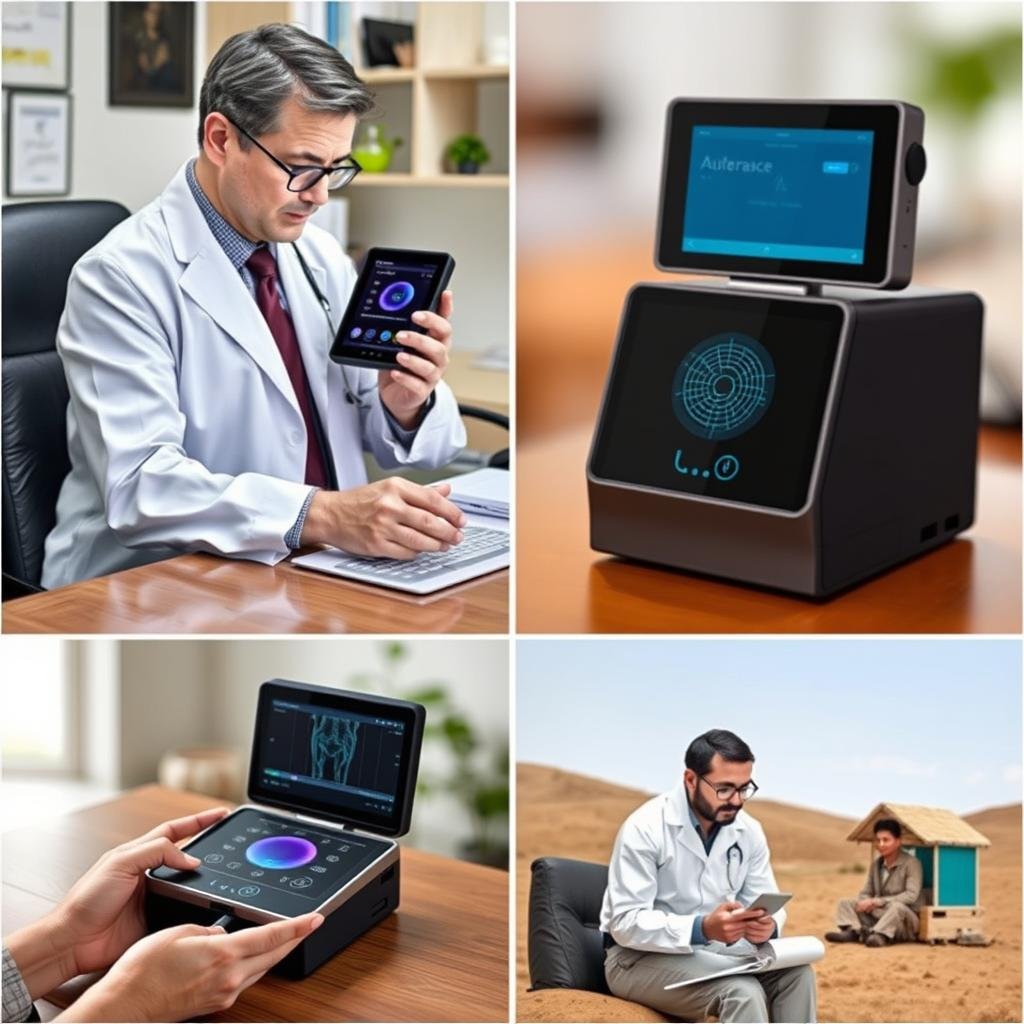
The compact design allows for easy transportation between locations, making it ideal for mobile health services, remote clinics, and home healthcare applications where traditional laboratory access may be limited.
Discover how the Quantum Resonance Magnetic Analyzer can enhance your healthcare practice or personal health monitoring.

Understanding the appropriate context and limitations of quantum resonance analysis
While the Quantum Resonance Magnetic Analyzer offers numerous advantages, a balanced assessment must acknowledge certain limitations that influence its appropriate application in healthcare settings:
Important: The Quantum Resonance Magnetic Analyzer should not replace emergency medical care or definitive diagnostic procedures when serious health conditions are suspected. Always consult qualified healthcare professionals for proper medical advice.
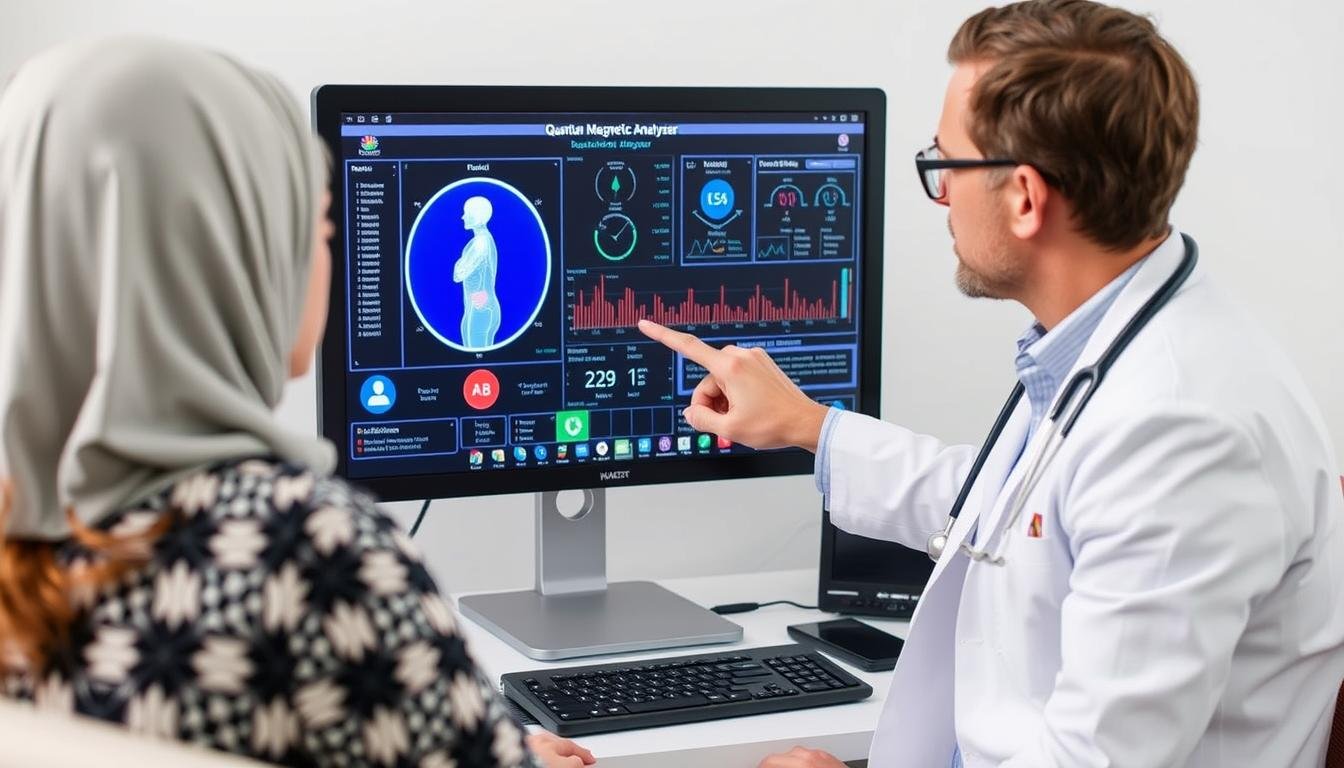
Collaborative review of quantum resonance analysis results for preventative health planning
The following case illustrates how the Quantum Resonance Magnetic Analyzer can function as part of an integrated approach to health monitoring:
Mr. J visited a wellness clinic for a routine health assessment, with no specific symptoms but a family history of type 2 diabetes. He had not undergone any medical testing for over two years.
The early identification of prediabetes allowed Mr. J to implement dietary changes, increase physical activity, and begin regular monitoring—interventions that helped prevent progression to full diabetes over the following year, as confirmed by follow-up testing.

Medical professionals discussing the integration of emerging diagnostic technologies
The medical community continues to evaluate the role of technologies like the Quantum Resonance Magnetic Analyzer within the broader landscape of diagnostic approaches. Perspectives vary widely, reflecting the ongoing evolution of healthcare practices:
“Integrative approaches that combine rapid screening technologies with targeted conventional testing represent the future of preventative healthcare, potentially improving efficiency while maintaining diagnostic integrity.”
“While promising as complementary tools, emerging technologies require rigorous validation against established gold standards before they can be recommended for primary diagnostic use in clinical settings.”
“The value of quantum resonance analysis may lie not in replacing traditional diagnostics but in identifying which patients would benefit most from more resource-intensive conventional testing.”
These diverse perspectives highlight the importance of approaching new diagnostic technologies with both openness to innovation and commitment to evidence-based validation, ensuring that patient care remains the central priority in healthcare advancement.

Vision of future integrated diagnostic approaches combining multiple technologies
The evolution of medical diagnostics suggests several promising directions for the integration of Quantum Resonance Magnetic Analyzer technology within broader healthcare frameworks:
Machine learning algorithms could significantly improve the accuracy of quantum resonance analysis by identifying patterns across large datasets and continuously refining reference parameters based on correlation with traditional test results.
Standardized protocols could emerge that begin with rapid quantum resonance screening, followed by targeted conventional testing only when specific parameters indicate potential concerns, optimizing both efficiency and diagnostic thoroughness.
Remote health monitoring could be enhanced by combining portable quantum resonance devices with telemedicine platforms, allowing healthcare providers to conduct preliminary assessments before determining if in-person evaluation is necessary.
Longitudinal tracking of individual quantum resonance parameters could enable more personalized health monitoring, identifying subtle changes over time that might indicate developing health issues before they become clinically apparent.
As research continues and technology evolves, the integration of quantum resonance analysis with established medical practices may create more efficient, patient-friendly diagnostic pathways that maintain clinical rigor while improving the healthcare experience.
Current research indicates correlation rates between 65-85% depending on the specific health parameters being measured. The technology shows higher correlation for general wellness indicators and metabolic parameters, while specific disease markers may require confirmation through traditional testing. It’s best viewed as a screening tool rather than a definitive diagnostic replacement.
Regulatory status varies significantly by country. Some nations have approved certain quantum resonance devices for health screening purposes, while others classify them as experimental or wellness devices rather than medical diagnostic tools. It’s important to verify the regulatory status in your specific location before clinical implementation.
While the technology may detect certain physiological changes associated with serious conditions, it should not be used as a primary diagnostic tool for cancer or other critical illnesses. Any concerning findings should always be followed up with appropriate conventional medical testing and evaluation by qualified healthcare professionals.
For general wellness monitoring, quarterly assessments are often recommended to track trends and changes over time. However, the appropriate frequency may vary based on individual health status, risk factors, and healthcare provider recommendations. Those with specific health concerns may benefit from more frequent monitoring.
While basic operation of the device is relatively straightforward, proper interpretation of results requires training in both the technology itself and general health assessment principles. Most manufacturers provide initial training, but ongoing education in integrative health assessment is valuable for meaningful clinical application of the technology.
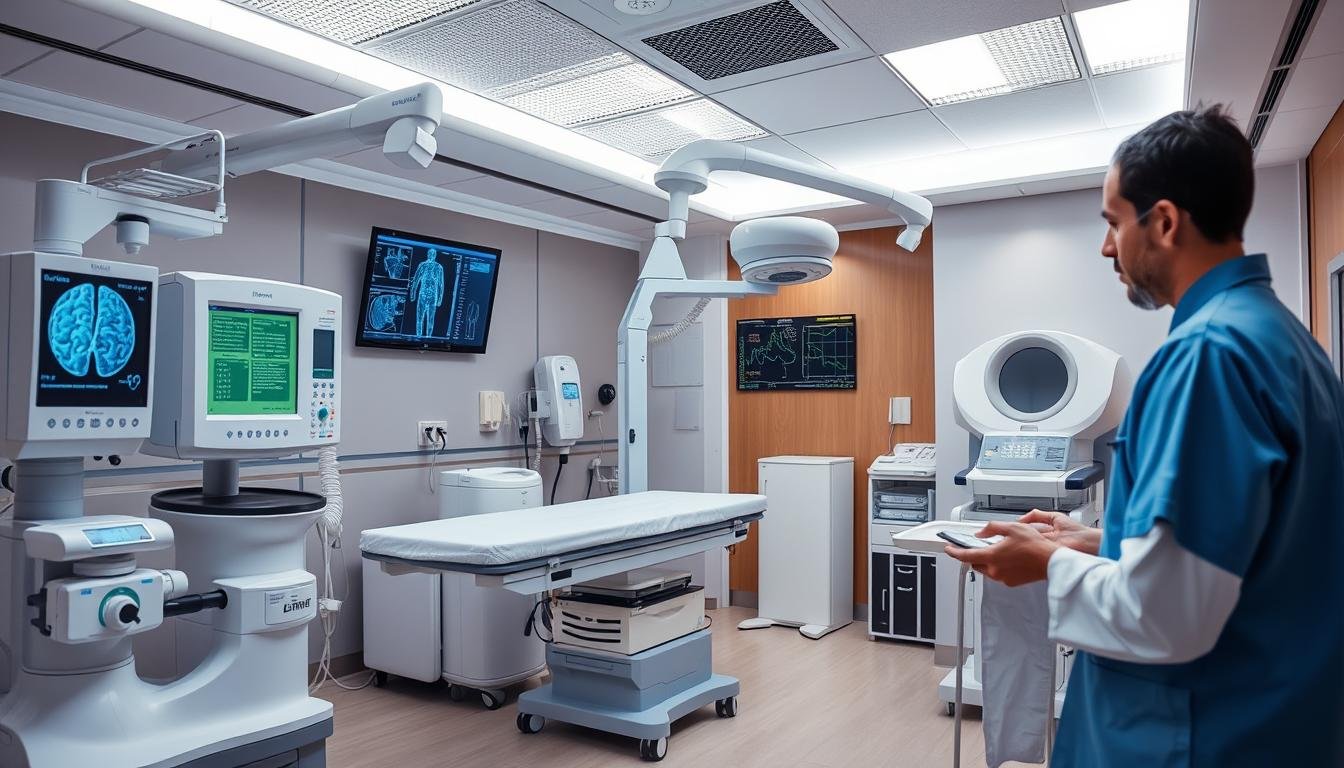
Balanced integration of innovative and traditional diagnostic approaches
The Quantum Resonance Magnetic Analyzer represents an intriguing advancement in health assessment technology, offering significant advantages in terms of speed, comfort, and comprehensive screening capabilities. However, its optimal role appears to be complementary rather than replacement-oriented within the broader landscape of medical diagnostics.
The most effective approach likely involves thoughtful integration—using quantum resonance analysis as an initial screening tool to identify areas that may benefit from more targeted traditional testing, thereby creating a more efficient, patient-friendly diagnostic pathway while maintaining clinical thoroughness.
As research continues and technology evolves, the relationship between emerging bioresonance approaches and established medical testing will undoubtedly continue to develop, potentially creating new paradigms for preventative health monitoring and personalized care.
Learn how the Quantum Resonance Magnetic Analyzer could complement your existing healthcare practices or personal health monitoring approach.
